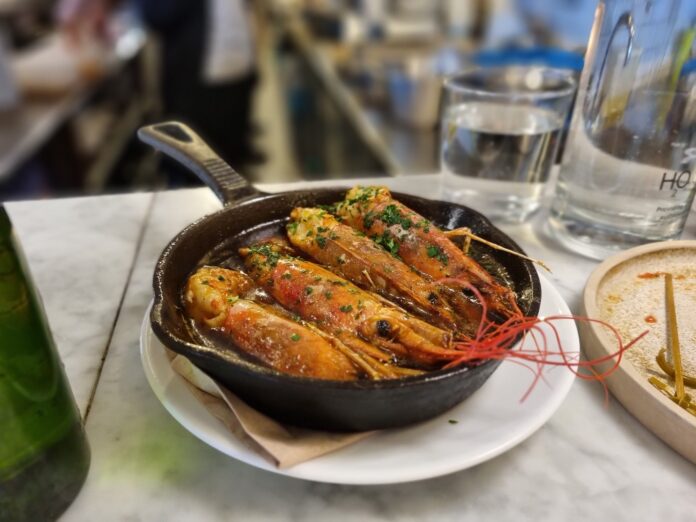Fancy yourself as a bit of a chef? Well learning how to use a knife effectively and developing knife skills should be the first thing any aspiring amateur cook should do. Without these basic techniques, your cooking will remain rustic and imprecise, and no one wants that.
First things first. It’s vital to use the appropriate knife, whether it be a long kitchen knife or small paring knife, and always have your blade as sharp as possible. Conversely, this is safer, as a blunt knife will slip and struggle. It’s also important to secure your chopping board for stability and safety – a simple damp paper towel placed underneath each corner will suffice.
If you remember the above then you’re ready to start chopping. So without further ado, folllow this handy infographic by www.kitchenknives.co.uk on a beginner’s guide to kitchen knife techniques. We love the step by step illustrations!

If you want a little more detail on the above kitchen knife techniques, read on to hone your skills even more.
Slice
Preferably using a slightly curved, lengthy kitchen knife, place the tip of the blade slightly in front of the ingredient you want to slice. Create a claw shape (your knuckles should always be further forward than your finger tips) with your resting hand placed on the chopping board, so that the blade will move against the straight line of your fingers, acting as a guide.
Rock the knife back and forth with the curve of the blade in small, gentle strokes – the knife tip needn’t leave the board at any stage. Your resting hand, which should be clawed and holding the ingredient, can smoothly move the ingredient backwards from the rocking blade, exposing more of the item to slice. Simples.
Chop
Most suitable for halved, circular fruit and vegetables, such as an onion, first adopt the claw method as mentioned above. This time, simply bring the knife vertically up and down, running against the knuckle. As before, slowly inch your clawed hand back to expose more onion.
Mince
This technique is ideal for herbs or a pesky shallot which you haven’t managed to brunoise finely enough. First, gather your ingredient in a small bunch on the chopping board. With one hand on the knife handle, take your other hand and hold the tip of the blade gently. Rock back and forth and in various directions, covering all of the ingredient as it becomes a finer cut. For a wetter item such as some chopped garlic, you can position your blade almost horizontally to the board, and drag the back of the blade backward over the garlic, exerting pressure on the ingredient and board to create a paste.
Tunnel
Good for halving potatoes and tomatoes, for example, you should steady your hand on the board in a semi circle ‘tunnel’ shape, gripping the vegetable or fruit on either side. Guide your knife gently into the tunnel, place the tip on the board and move downwards steadily.





